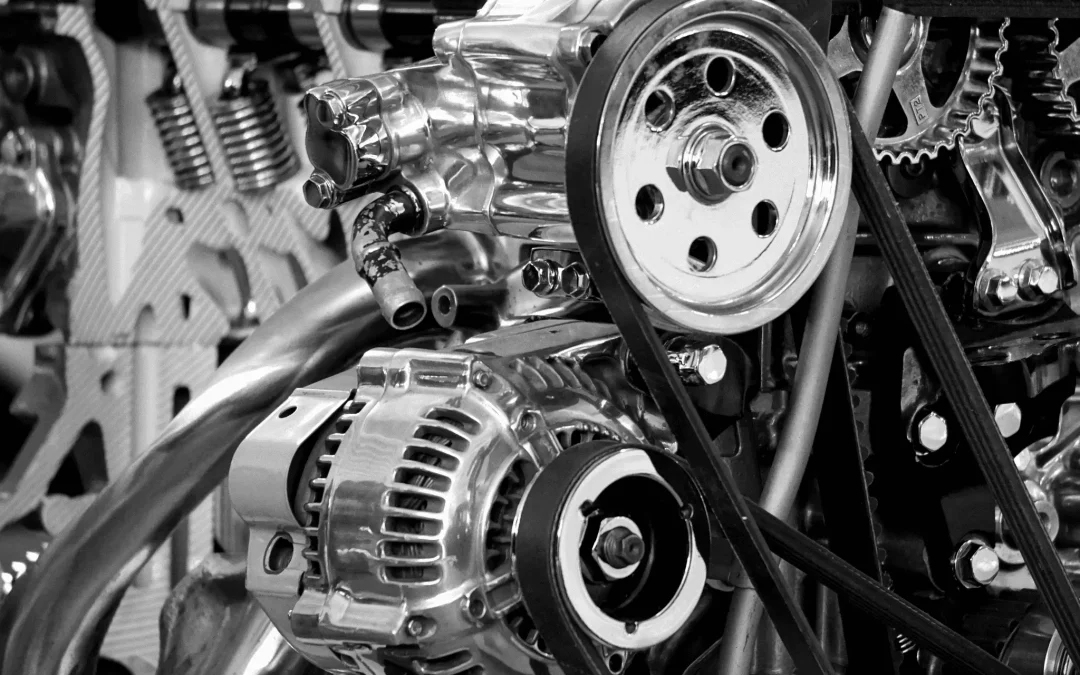Clean energy technologies are evolving rapidly, and precision energy products and metals are critical to their success. From hydrogen to wind and fusion, engineers rely on advanced materials and fabrication methods to meet demanding conditions.
Precision Metals Advancing Hydrogen and Fuel Cell Technologies
Hydrogen is gaining traction as a cornerstone of decarbonization, and precision metals are essential in managing its unique material demands. High-pressure hydrogen systems require alloys that can withstand embrittlement and leakage—especially in valves, tank linings, and electrolyzer components. Stainless steel grades and nickel-based alloys are being increasingly adopted due to their strength, resistance to hydrogen-induced degradation, and compatibility with precision machining.
In PEM and solid oxide fuel cells, innovation is focused on bipolar plates and catalyst supports. Titanium, stainless steels, and coated metals are now being engineered with tighter tolerances and advanced surface treatments to improve conductivity and corrosion resistance.
Clean Energy Systems in Harsh Environments: Metals That Deliver
Solar and wind systems depend heavily on precision metals for both structural strength and peak performance in harsh environments. In solar energy, high-reflectivity aluminum and specialty alloys are precision-machined for CSP receivers and heat exchangers, maximizing heat transfer and resisting corrosion. PV systems benefit from accurately fabricated racking and tracking components, ensuring durability in remote installations. Wind turbines require precisely machined steels, aluminum alloys, and cast iron for components like gears and bearings, especially offshore.
Engineers are leveraging advanced surface treatments, coatings, and hybrid metals to boost corrosion resistance, fatigue life, and structural stability in extreme climates and challenging locations.
Precision Manufacturing for Advanced Nuclear and Fusion Energy
Advanced nuclear and fusion technologies demand metals that can withstand radiation, high heat, and structural stress. SMRs and Gen IV reactors rely on zirconium, stainless steels, and nickel superalloys for critical components. In fusion, materials like tungsten and beryllium must be precisely fabricated for plasma exposure. Precision machining, advanced joining, and additive manufacturing enable complex, high-performance components with the reliability needed for long-term energy generation.
Emerging Trends in Precision Metal Manufacturing for Clean Energy
Industry 4.0 technologies are now deeply embedded in precision metal manufacturing. AI, digital twins, and advanced automation are being used to simulate performance, improve quality control, and shorten production cycles. These tools are helping manufacturers fine-tune component designs for clean energy systems, ensuring both functional performance and production efficiency.
Sustainability is also a rising priority. Recycling, responsible sourcing, and the circular use of metals like cobalt, nickel, titanium, and rare earths are reshaping how manufacturers approach the full lifecycle of precision components.
Meanwhile, grid modernization is driving new use cases for precision metals in transformers, switchgear, and energy storage systems. Solid-state batteries and high-efficiency power electronics require components that can meet tight specs under dynamic operating conditions.
Contact WessDel for Precision Energy Products
WessDel supports clean energy innovation with precision metal components engineered for performance, durability, and manufacturability. Whether you’re working on fuel cells, electrolyzers, solar, wind, nuclear, or fusion systems, our materials expertise and fabrication capabilities help you stay ahead of industry demands.
Contact us to discuss how our advanced manufacturing solutions in precision energy products can support your next project.

